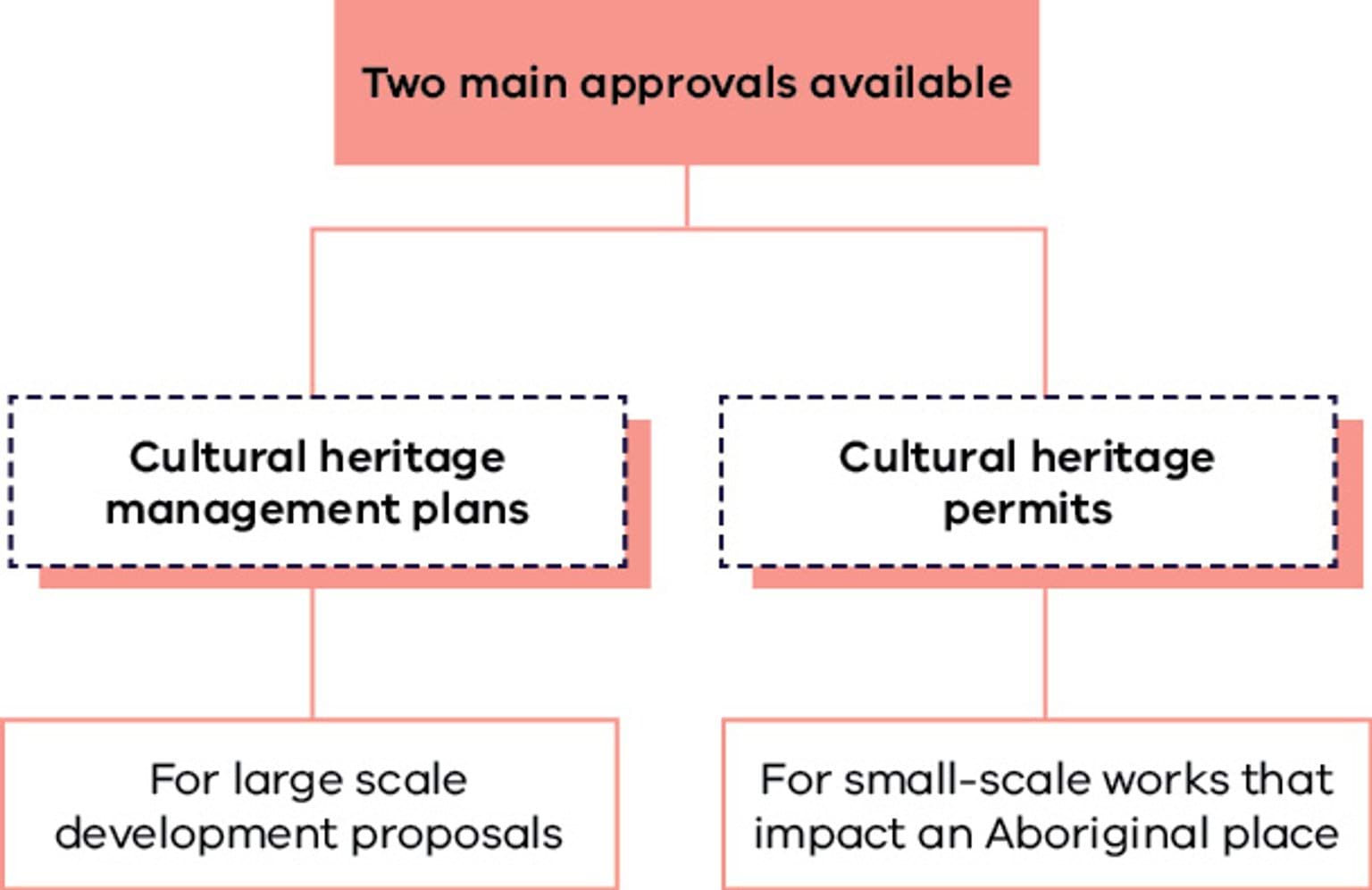Aboriginal Heritage Act 2006
Aboriginal cultural heritage in Victoria is protected in law by the Aboriginal Heritage Act 2006 (the Act).
The Act creates a system to protect and manage cultural heritage in Victoria.
When land is developed, Aboriginal cultural heritage can be at risk. Under Victoria’s system Aboriginal cultural heritage is identified early in the planning process, helping to avoid accidental damage or destruction.
The Act makes it illegal to harm Aboriginal cultural heritage unless a relevant approval has been received. The Act provides the processes to obtain approvals and the key parties who decide the approvals.
Aboriginal cultural heritage
Ancestral Remains
The remains of an Aboriginal person from the past. Victoria’s laws recognise that First Peoples are best placed to care for Ancestral Remains and have the right to lay their Ancestors to rest on Country.
Tangible cultural heritage
Aboriginal places and objects such as rock art, fish traps, scarred trees and stone tools. Physical things that can be seen and touched, and important places where cultural heritage is found.
Intangible cultural heritage
Traditional Aboriginal knowledge including oral traditions, arts, stories, rituals, festivals, social practices, craft, and environmental and ecological knowledge.
Updated


